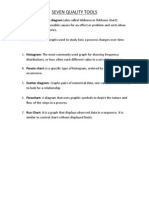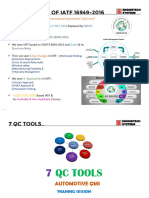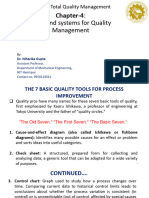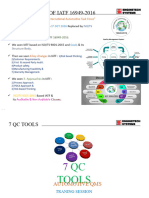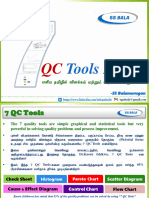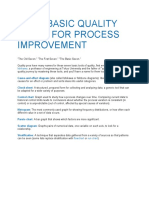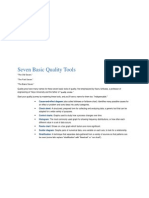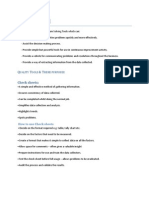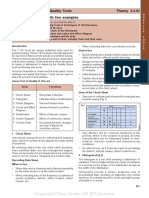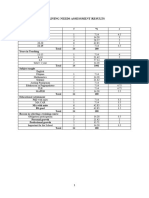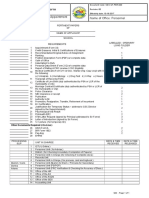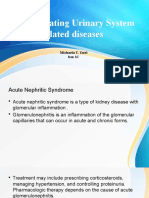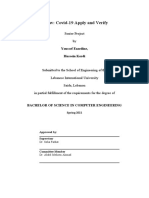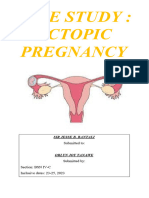0% found this document useful (0 votes)
32 views2 pages7 QC Tools
The 7 QC Tools (Seven Quality Control Tools), widely used for problem-solving and process improvement
Uploaded by
Abu HozaifaCopyright
© © All Rights Reserved
We take content rights seriously. If you suspect this is your content, claim it here.
Available Formats
Download as DOCX, PDF, TXT or read online on Scribd
0% found this document useful (0 votes)
32 views2 pages7 QC Tools
The 7 QC Tools (Seven Quality Control Tools), widely used for problem-solving and process improvement
Uploaded by
Abu HozaifaCopyright
© © All Rights Reserved
We take content rights seriously. If you suspect this is your content, claim it here.
Available Formats
Download as DOCX, PDF, TXT or read online on Scribd
/ 2
























